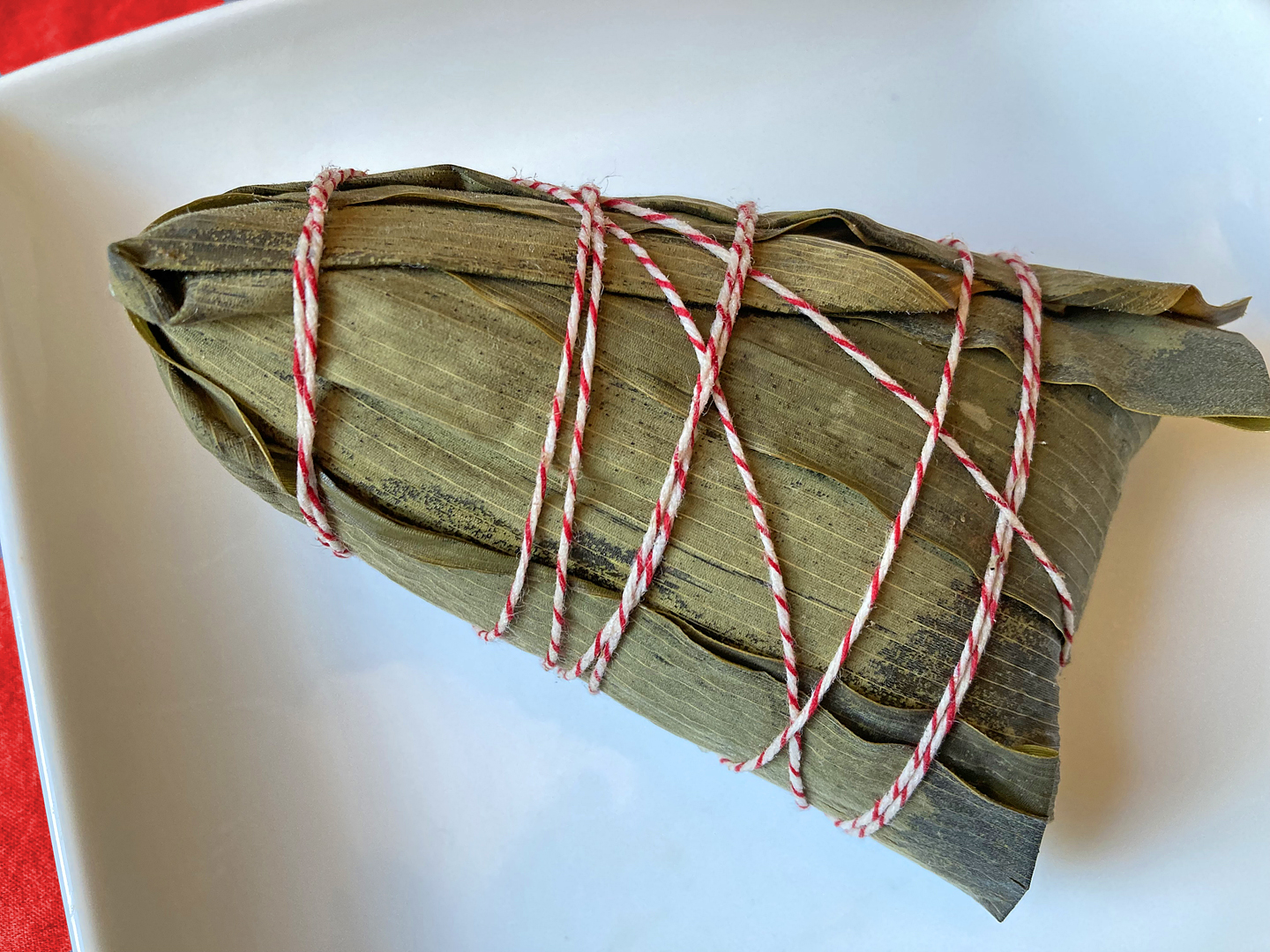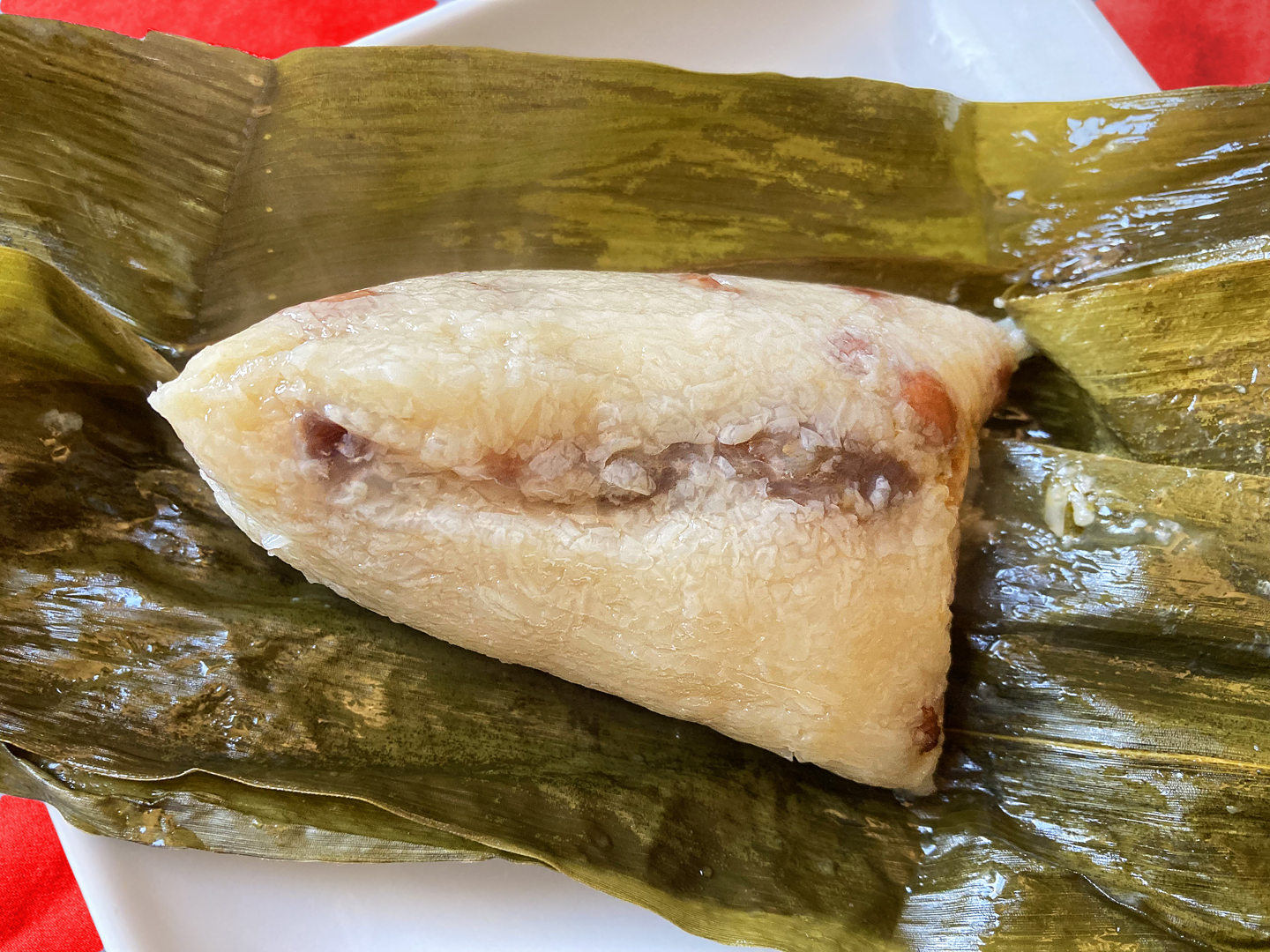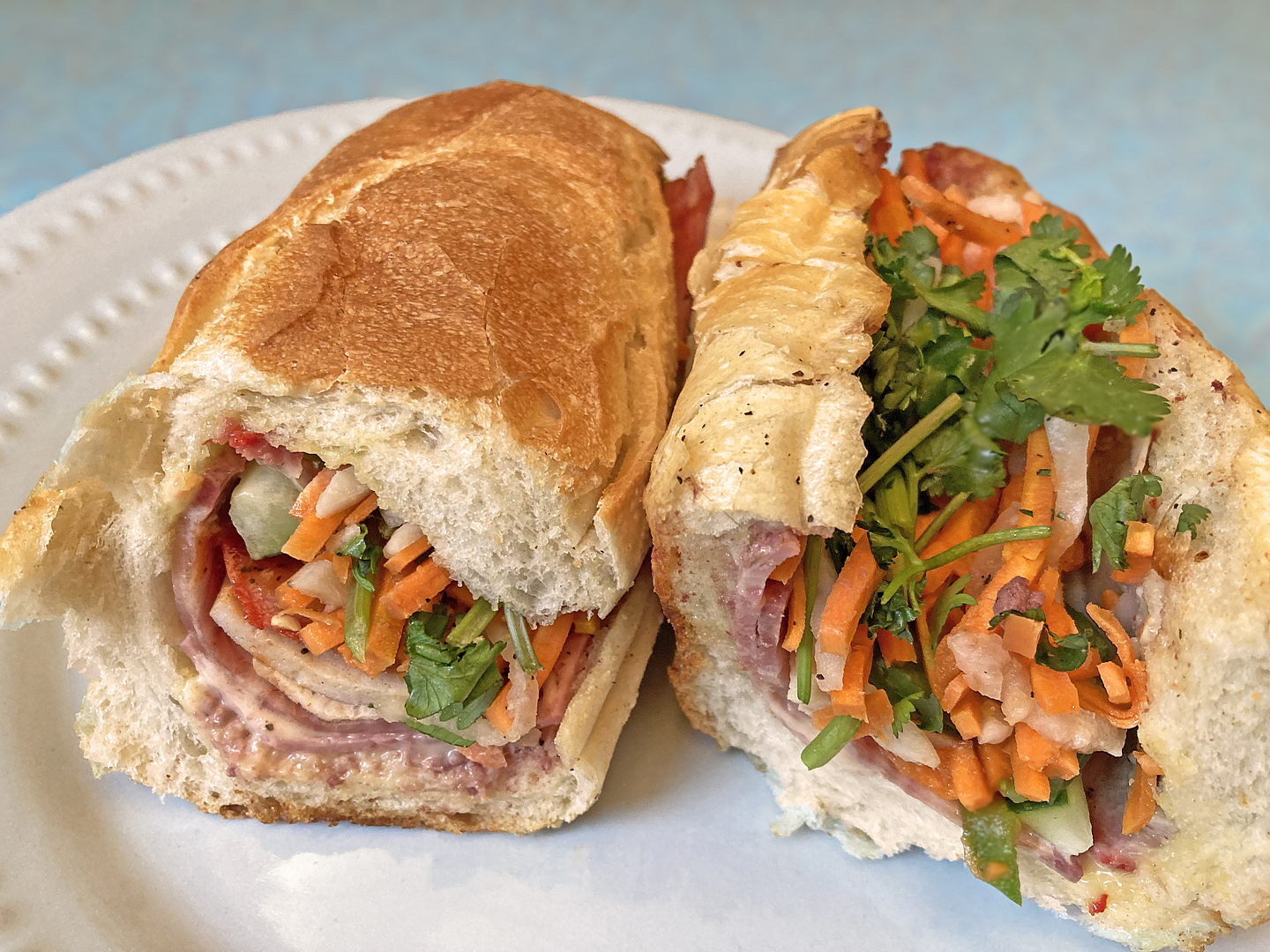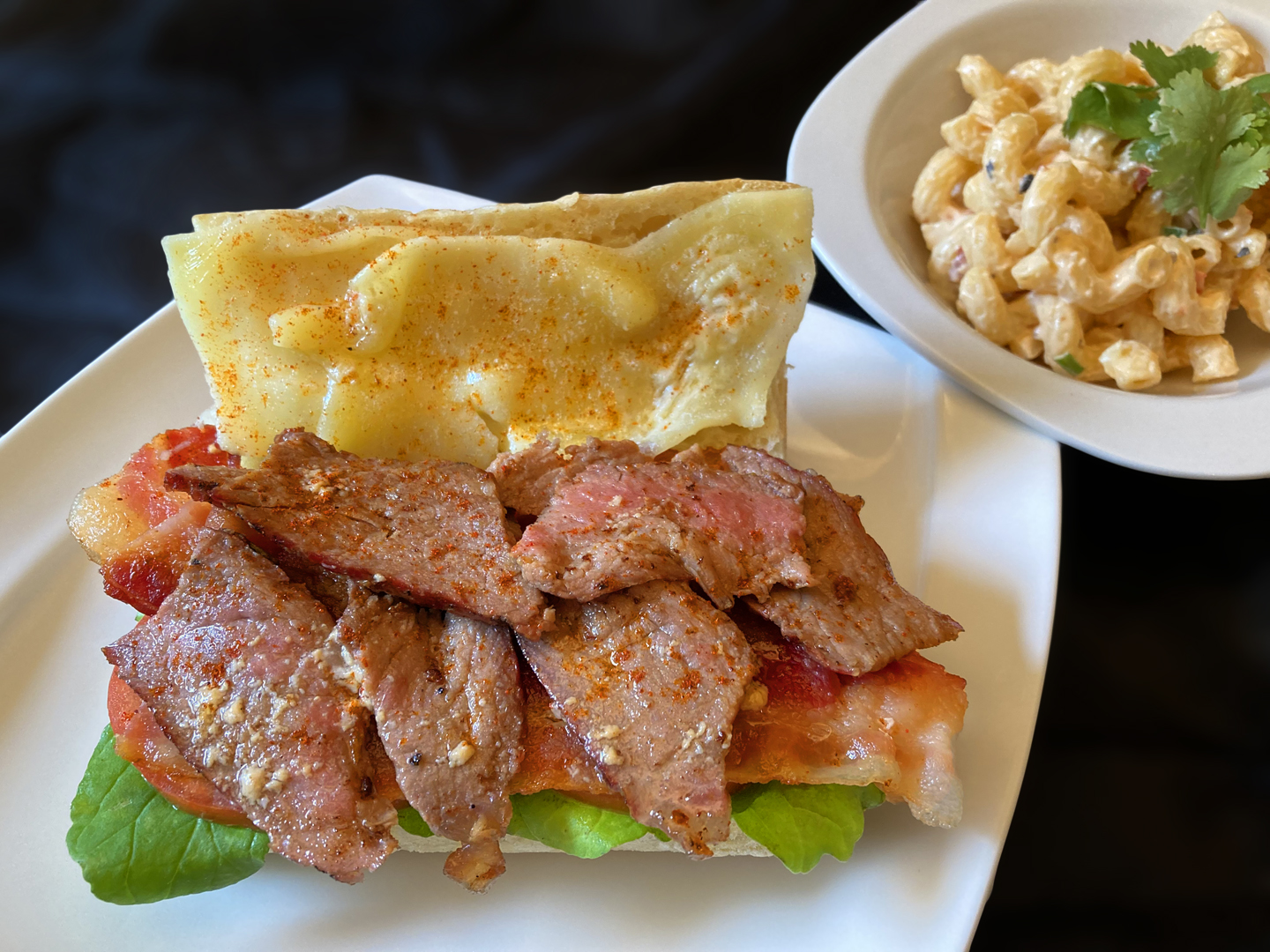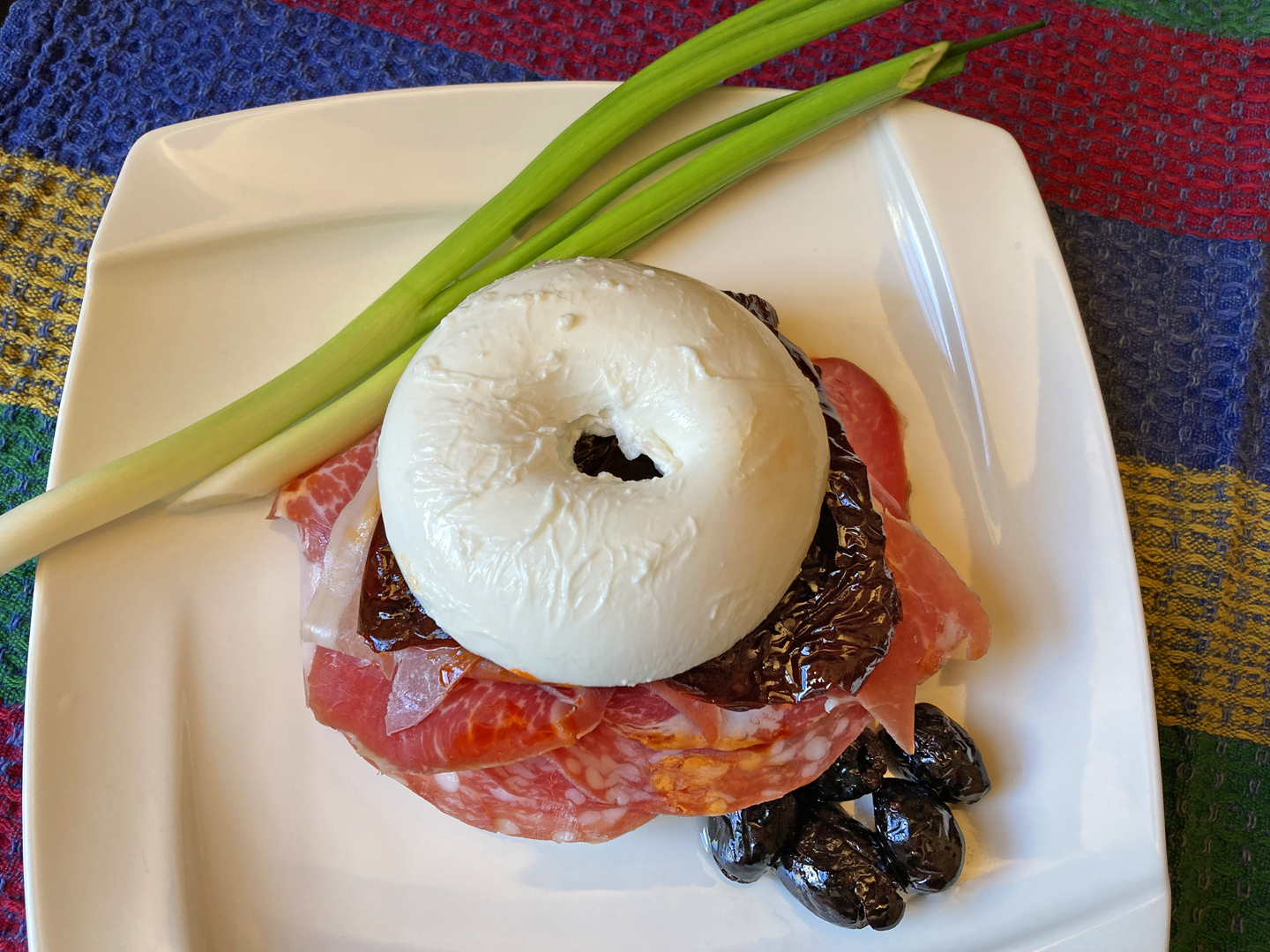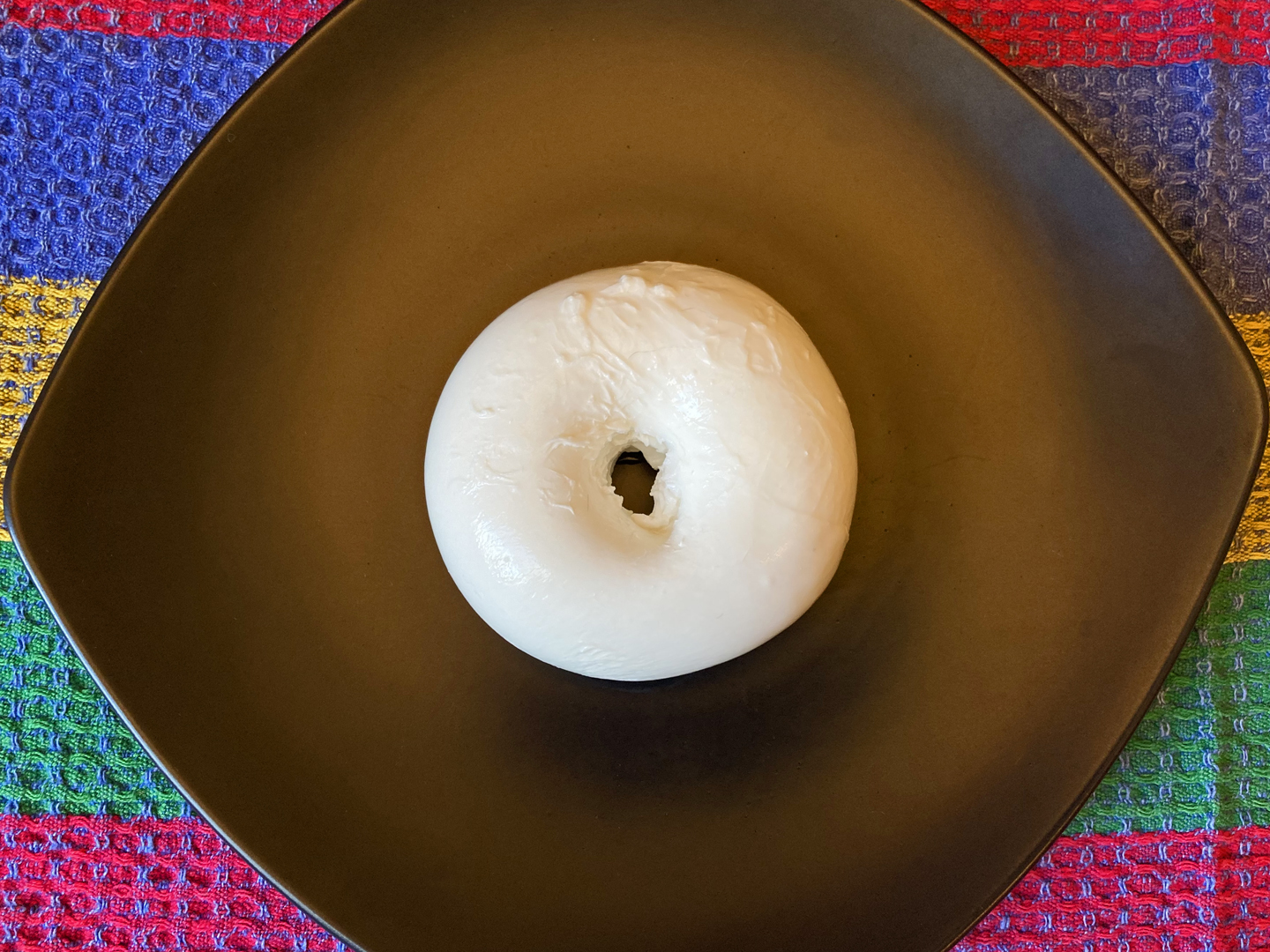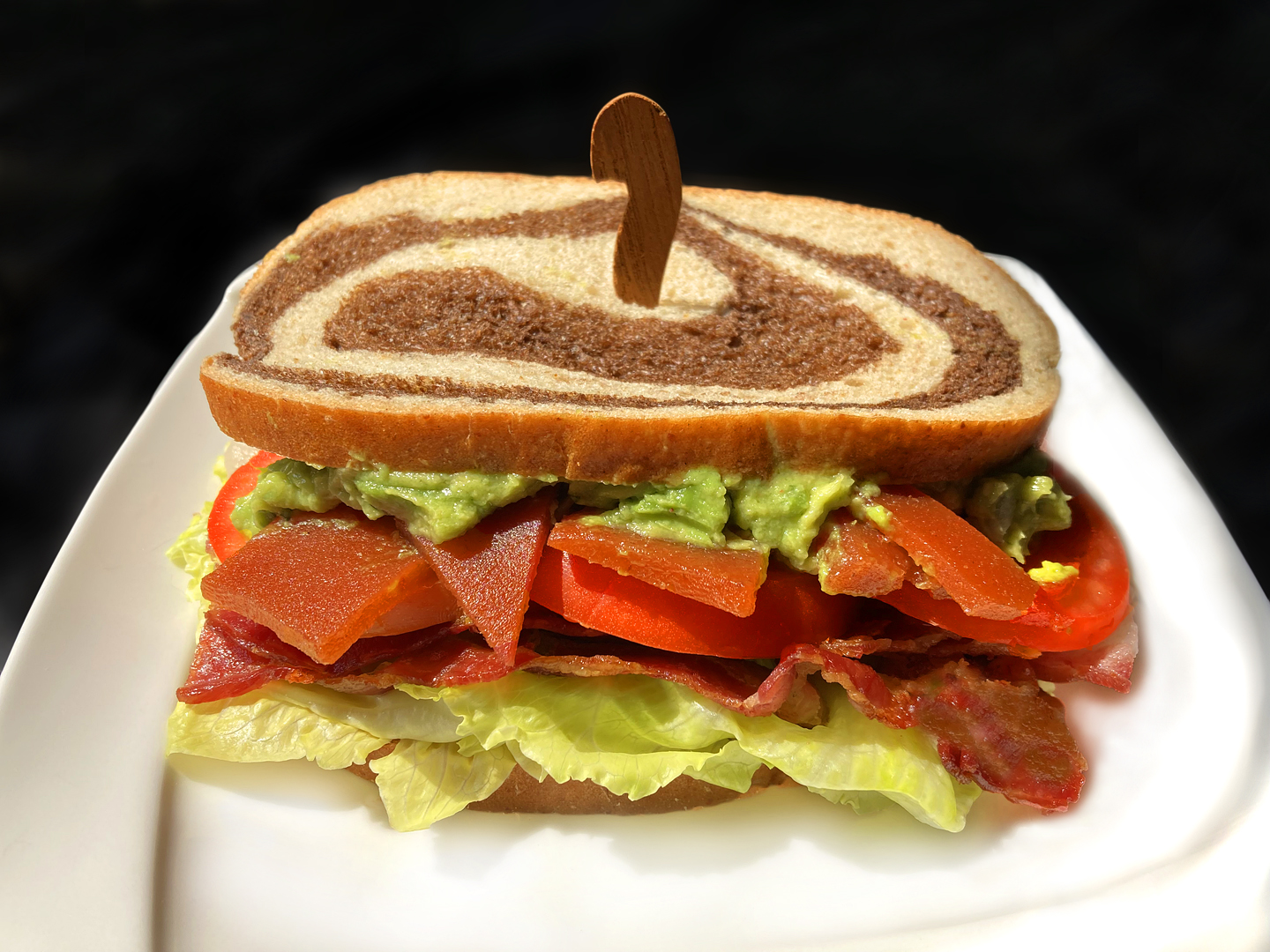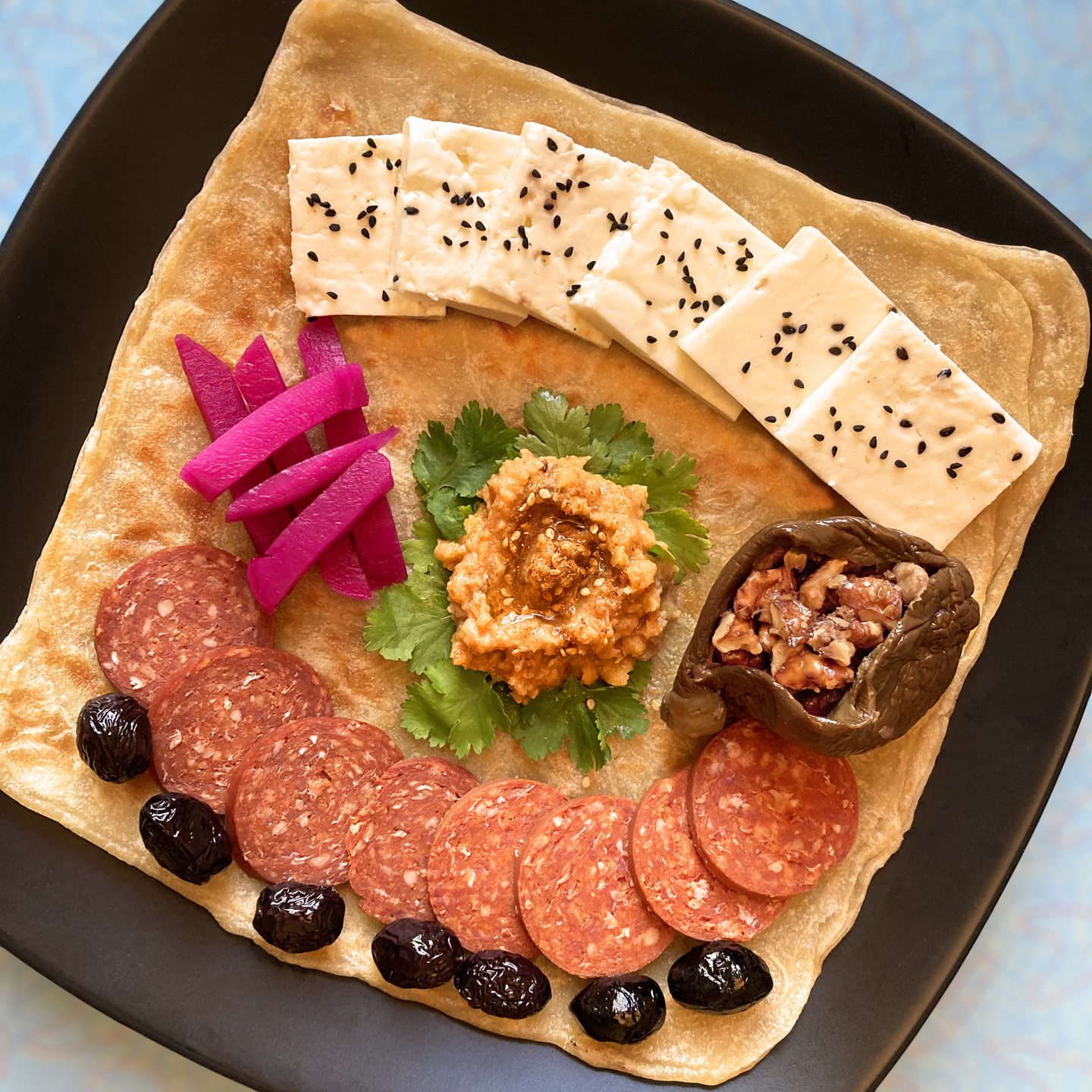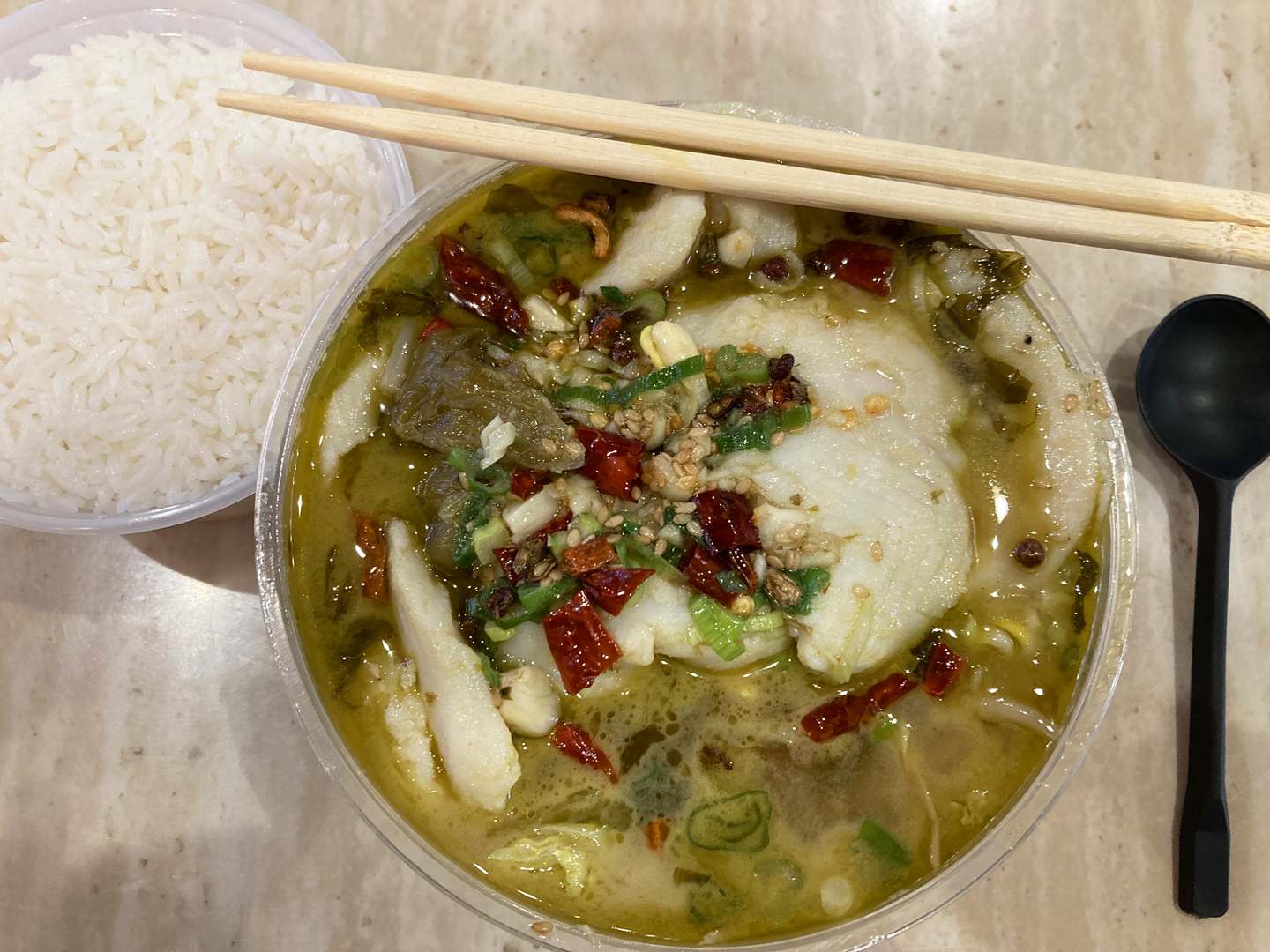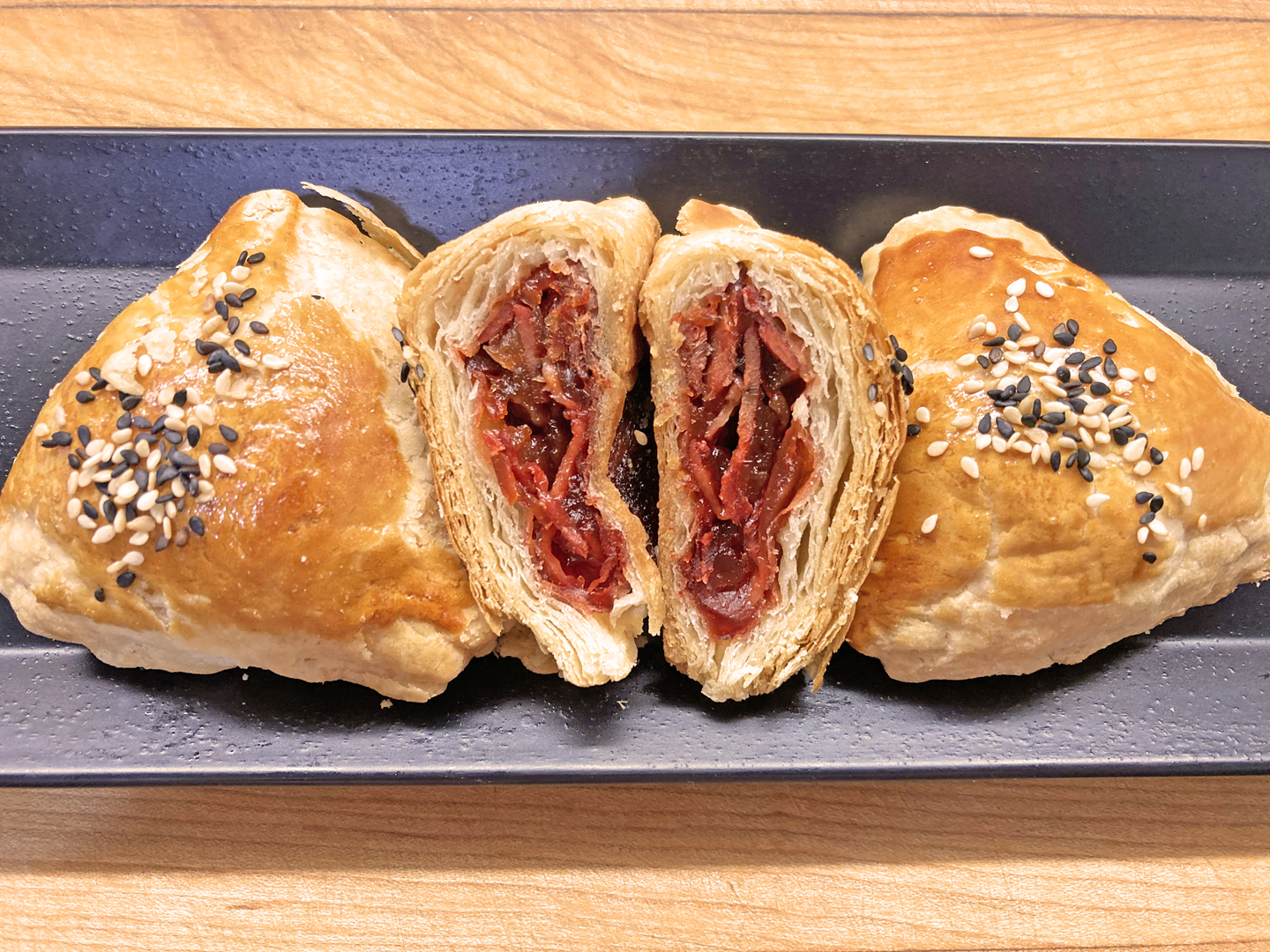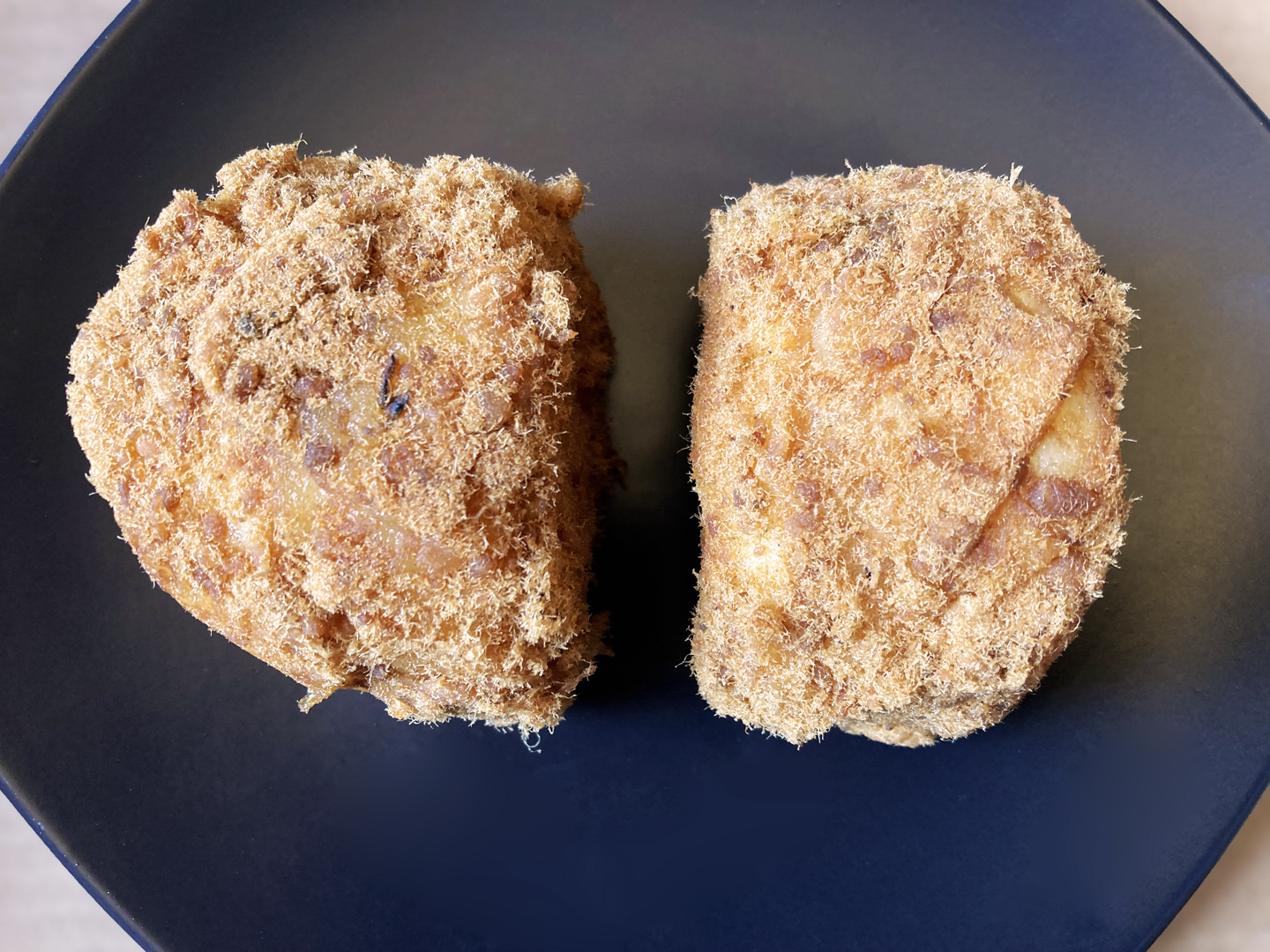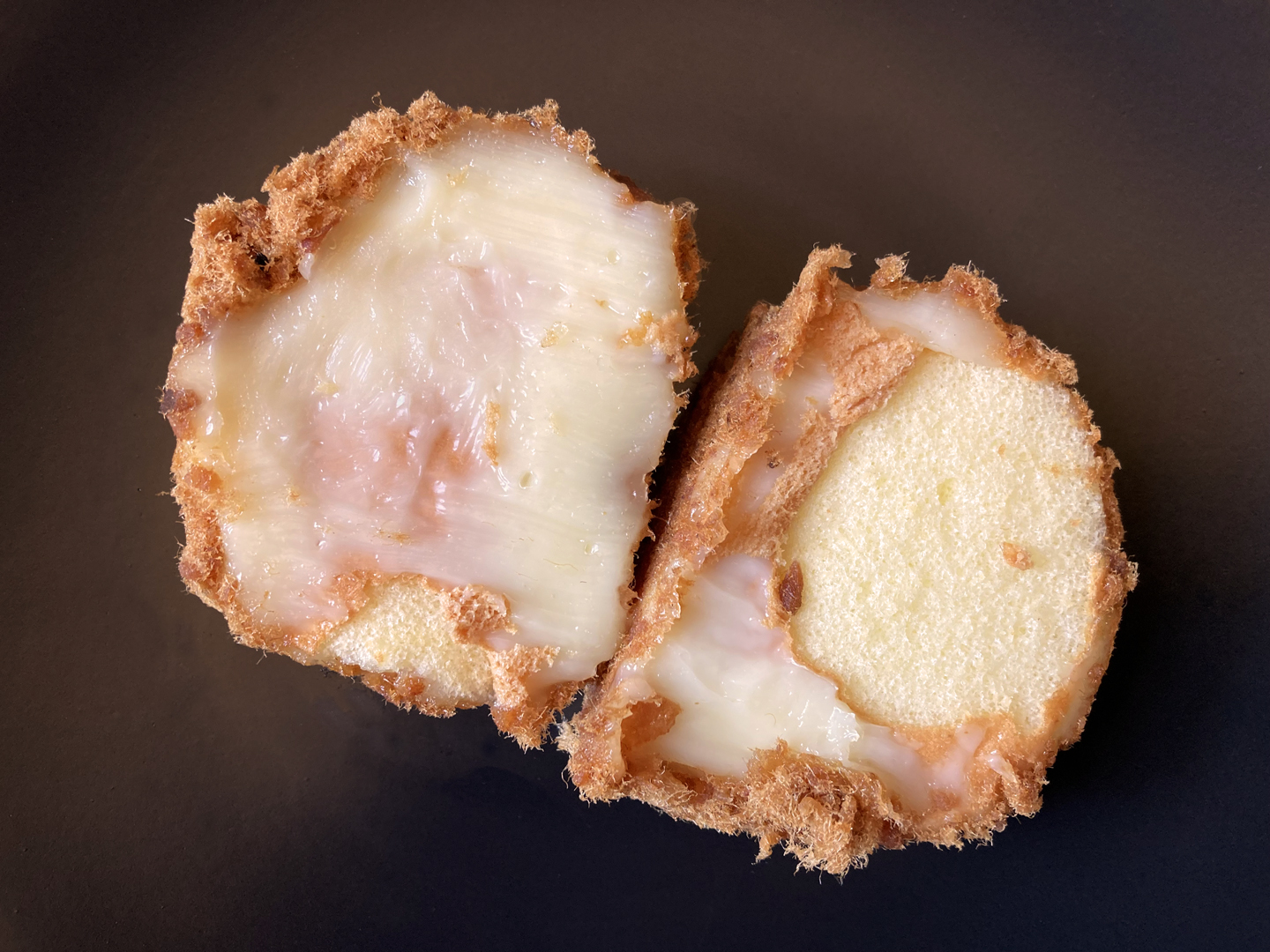(Click on any image to view it in high resolution.)
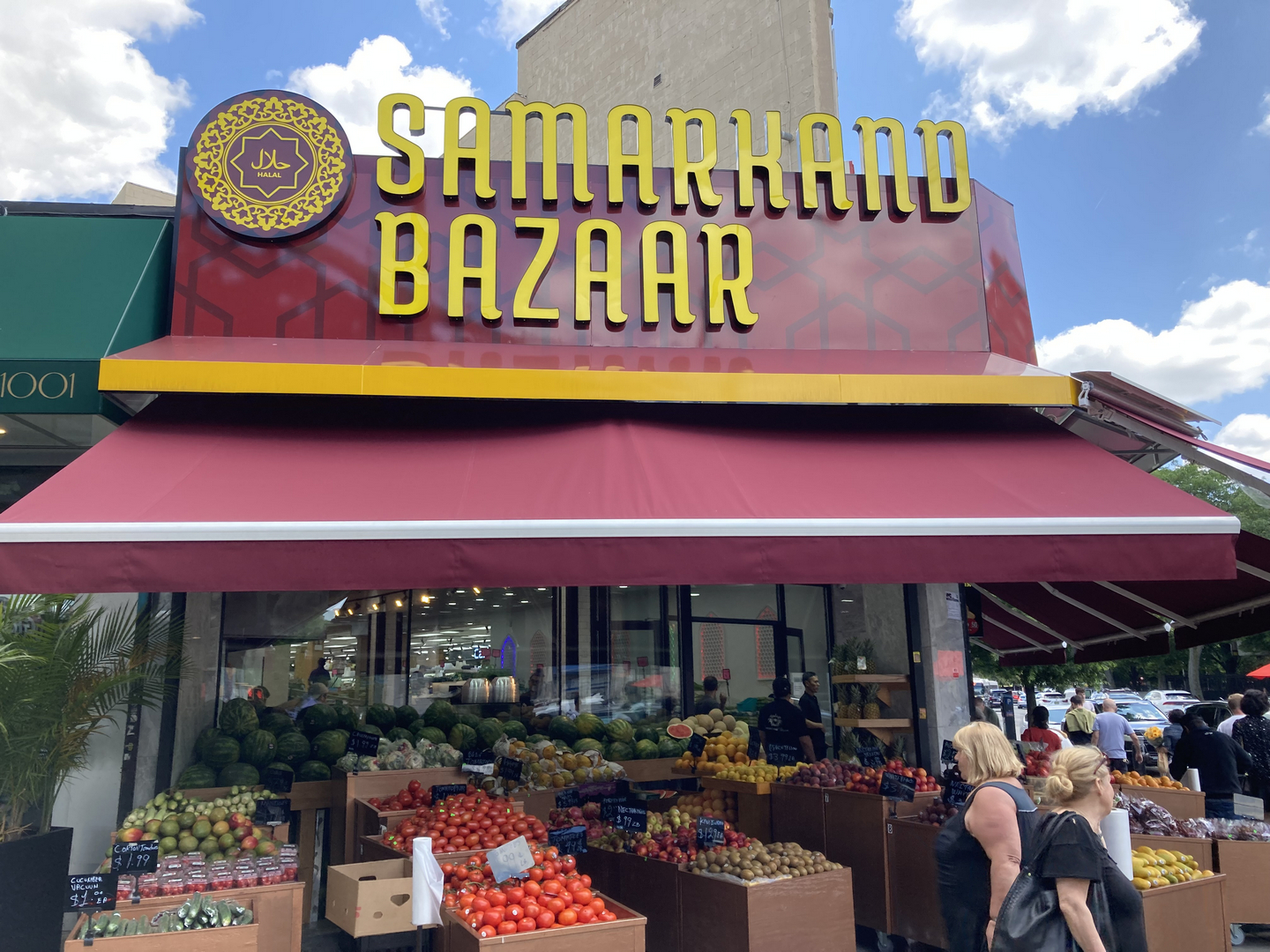
I’ve been offering ethnojunkets in Brooklyn’s Little Odessa for over 10 years and I’ve witnessed some stellar Eastern European and Russian food markets fail, only to be replaced by even brighter stars. The prepared food buffet is the feature attraction at these locations.
They come and they go. Some are eclipsed by the competition, some just self-combust for no apparent reason, some are even decimated by natural disasters. (Anyone else remember the beloved M&I International Foods that succumbed to Hurricane Sandy back in 2012? We can be BFFs.) Exquisite Foodland caught COVID and closed for a couple of years, but it has reemerged seemingly unscathed. Gourmanoff regrouped into yet another NetCost Market, its parent company.
And not long ago, in the shadow of the spectacular Tashkent Market opening across the street from it, Brighton Bazaar gamely attempted to hang on but was ultimately extinguished by its rival. When their gates came down for the last time, I wondered what business(es) would occupy those digs.
Enter Samarkand Bazaar. It positioned itself head to head against its neighbor, Tashkent Market. The battle will be noteworthy in that they are cut from the same piece of cloth, at least superficially. They both stock comparable regional baked goods, produce, refrigerated and frozen food, cakes and desserts, smoked fish, and boxed, jarred, and canned food. Not to mention the fact that they are less than 300 feet from each other.
But, of course, the real reason to visit either one is the overwhelming selection of prepared food. They present many of the same dishes; Samarkand has a few I haven’t seen in Tashkent, although Tashkent has many not to be found in Samarkand. I’ve tasted well over a dozen of Samarkand’s offerings; Tashkent has a slight edge IMHO but I’m willing to wait until Samarkand gets it sea legs.
Slides of just a few of their goodies:
Want to know what these yummy dishes are? Want to try ’em? You know what to do. Join me on my “Exploring Eastern European Food in Little Odessa” ethnojunket! Check it out here!

